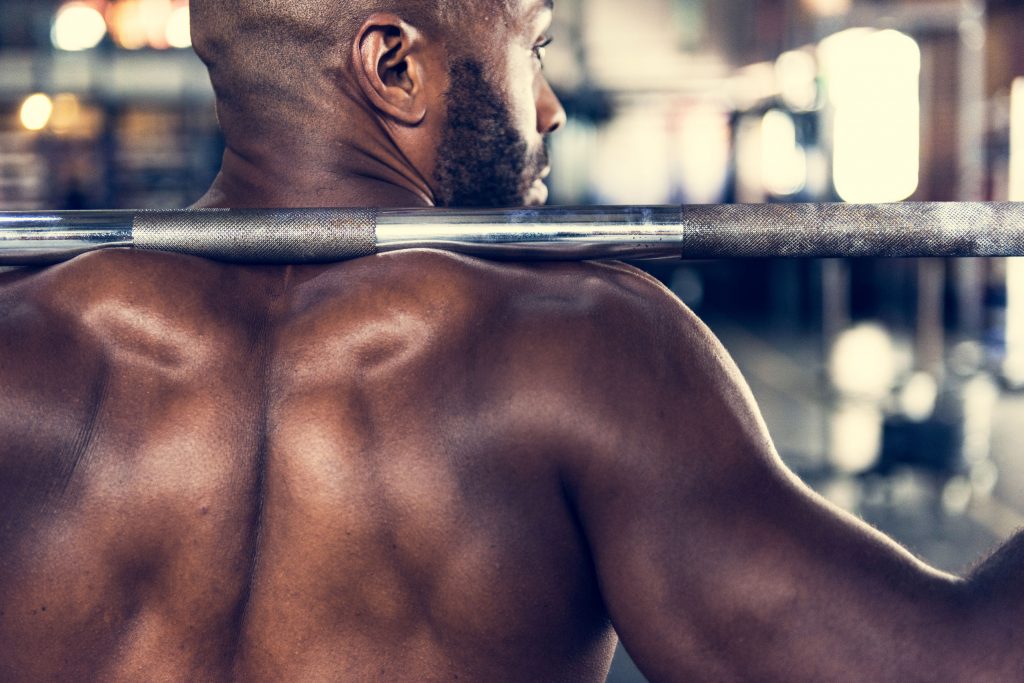I’m not someone who feels everyone needs to squat with a barbell on his or her’s back. I kinda lose a lot of respect for those coaches who have a knack for putting their ego and bravado a head of individual variances in anatomy, ability/skill level, injury history, not to mention goals.
Call me old-fashioned but I’d rather STFU and listen to my client/athlete’s preferences and what feels best to them (and what will breed immediate success) than to force my ideologies and way of doing things into their mix….and then expect they’re going to apply to every…single…individual I work with.
They’re not.

That being said I’m still very much a fan of squatting. And yes, a fair portion of my clientele do back squat.
However, a fair portion do not.
And that’s cool.
The world will continue to spin.
There are numerous ways I can have people squat that will take into account the premise of minimal load/maximal training effect. For long-term, consistent progress the idea is to load people juuuuust enough that they nudge the body to adapt, but also take into account it’s ability to recover.
NOTE: Just so the internet doesn’t have a conniption or shit a copy Supertraining, I want to reiterate that I do like traditional barbell squatting (back and front squat) as well as any speciality bar variation that suits your fancy – SSB squat, GCB squat Duffalo bar squat – and feel all should be considered the first “tier” if the goal is to add mass or get stronger.
That said, we don’t always have to crush people. And, to be honest, the more “joint-sparring” modalities I can incorporate or pepper in the better.
Offset Shouldering Squat
Who Did I Steal It From? – Aw, snap. I can’t recall. One of my female clients showed this variation to me off of someone’s Instagram account that she follows.
It wasn’t God. It wasn’t John Cena.
Man, I can’t remember.
Sorry whoever I “stole” this from.
What Does It Do? – This variation is a close cousin to the traditional Landmine Goblet Squat – where the barbell is held at chest height right against the sternum. What’s makes that such a nice iteration is that the bar path is somewhat (not completely) fixed which makes the movement easier to control and groove.
In addition, the Landmine Goblet Squat helps reinforce the “chest up” cue and more or less organically teaches people to sit “into” a proper squat position.
By moving the barbell to one shoulder or the other – in an offset position – we now add a significant rotary stability component to the movement.
In other words: your core stability will be like “whaaaaaaaat?”
Key Coaching Cues: You don’t have to use one, but I like to place a squat or hip thrust pad on the end of the barbell so that it can rest on the shoulder without any major discomfort. The idea is to let the barbell rest in place – don’t actively hold it there.
And then, you know, squat.
Like I said, the advantage of using the Landmine is that the bar path is pretty much set. There isn’t much thinking involved and the squat will come instinctively to most.
I’ve been having my clients perform 5-6 repetitions PER SIDE trying to emphasize being explosive with each one. I’ll also add these would probably be best served as a nice accessory squat movement to the traditional back or front squat.
Give it a try and let me know what you think.



